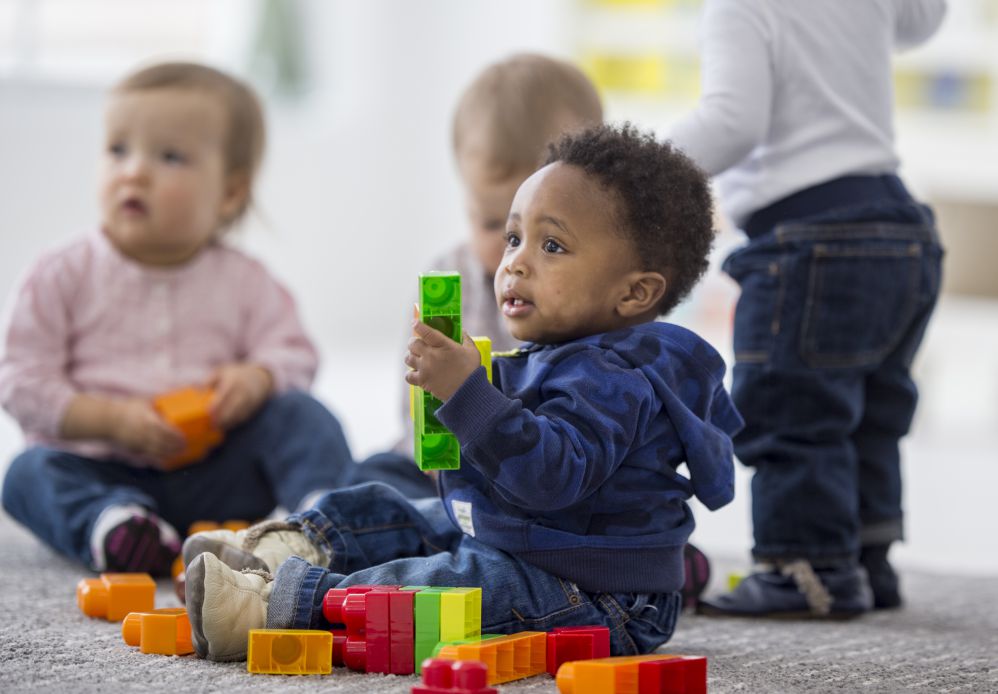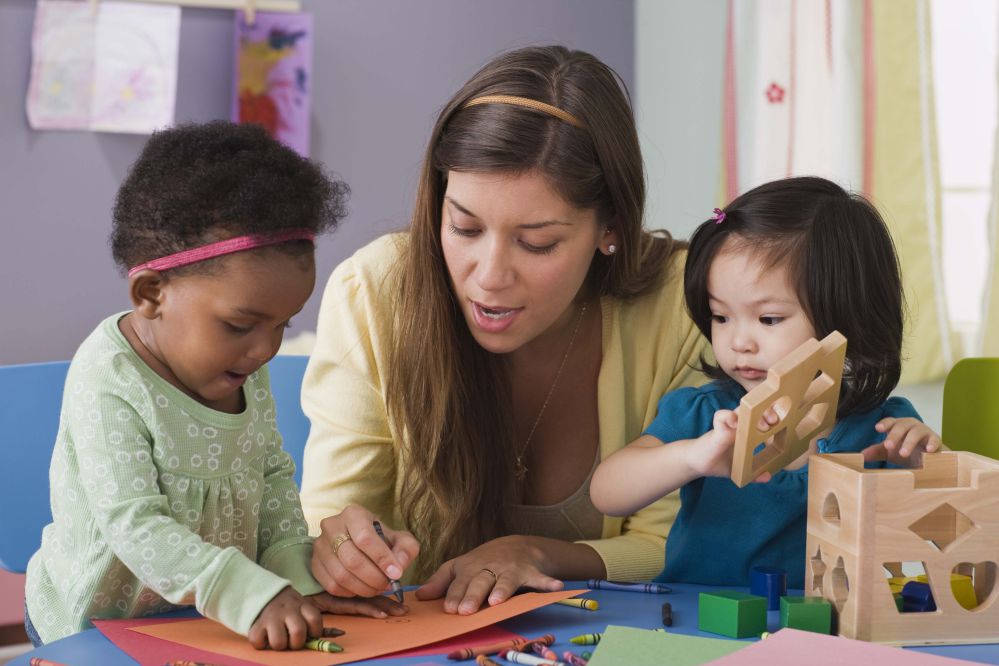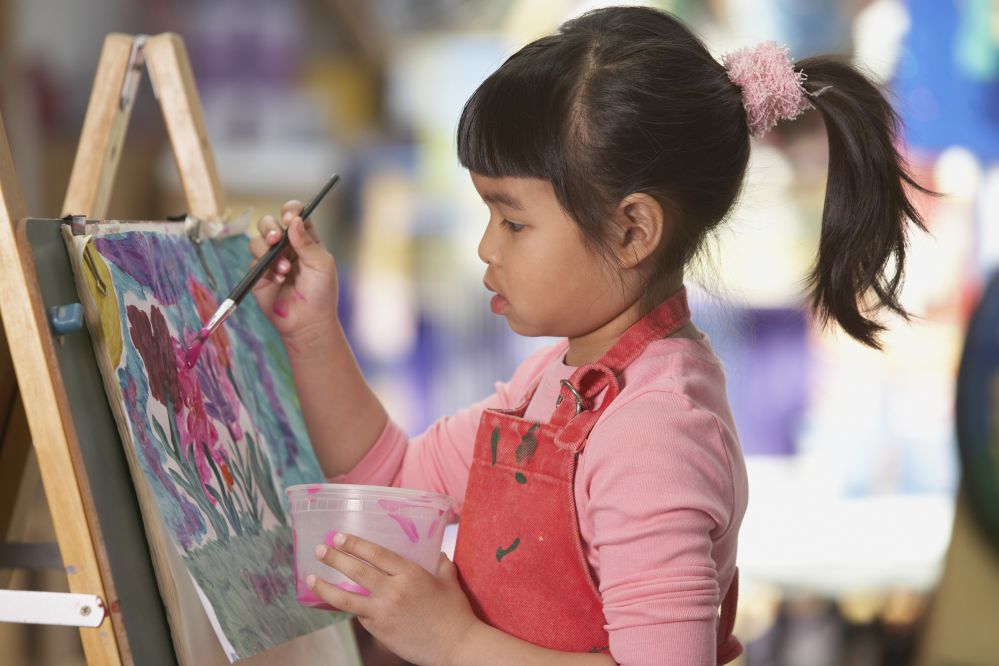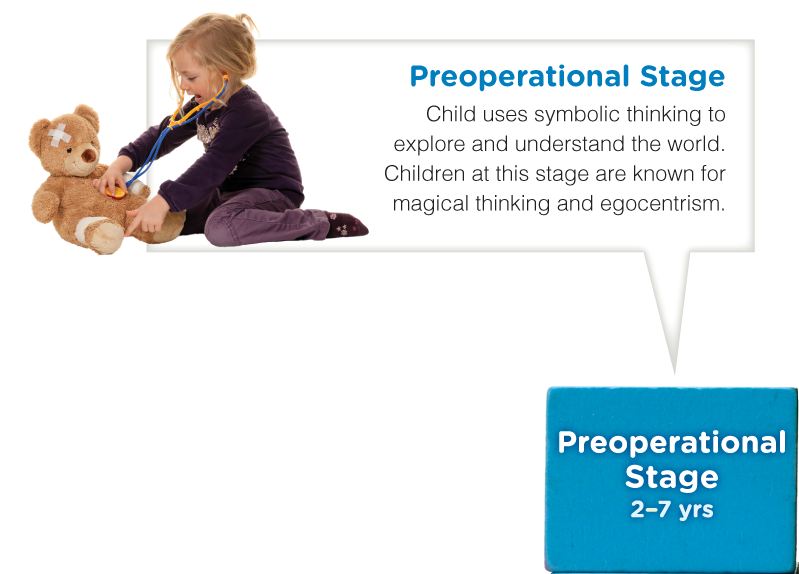
You just graduated from college and have your first job in your chosen field! You are the new director of a local childcare center, which provides day care for children age 6 weeks to 5 years. When you applied for the position, you were amazed at how well the caregivers interacted with the children and how each room was tailored to the developmental needs of the different-aged children. As director, your first task is to review the curriculum for each age group, assess the appropriateness of each room, and see where changes may be needed. You are eager to get started.

It is your first day as the director and you have decided to spend it touring the facility, observing each childcare room. Your first stop is the “Baby Butterflies” room, which is for infants. The walls are yellow with butterflies and flowers painted on them. You see four cribs lined up against one wall—each crib with bedding, bumper pads, infant toys, and a mobile overhead. There are bouncy seats and jumpers on the floor, as well as a box filled with infant toys. There are two caregivers in the room with four infants. One caregiver sings to an infant while rocking in a rocking chair. The other caregiver feeds baby food to an infant sitting in a high chair, talking to the infant in a high-pitched, repetitive fashion. The other two infants are in their cribs—one of them babbling and the other sucking her fingers.


